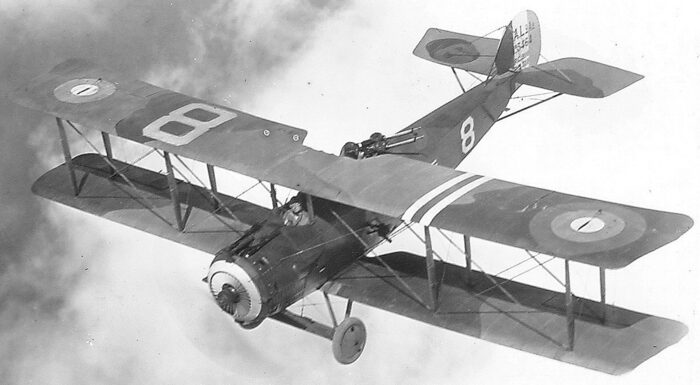THE WAR IN THE SKIES

At the beginning of the war, air power had been used mostly for reconnaissance missions. Planes flew over an enemy camp and, in turn, the enemy sent up planes of their own to give chase. The only weapons involved were pistols or, if a co-pilot could fit one onboard, a rifle or shotgun. Once the military discovered how to mount the planes with synchronized machine guns, the era of close-range aerial combat commenced.
Dogfights quickly gained fame as a noble, gladiatorial contest between swashbuckling adversaries, and several of the air ‘aces’ (‘ace’ being the universal designation for five or more kills) became immediate icons. Names like Rickenbacker and von Richthofen inspired both reverence and fear for two key reasons. The first was that, no matter the bravado, aircraft were certified ‘coffins with propellers.’ The question wasn’t if a pilot would expire but when. The second reason combined both a fact and a feeling. The majesty of flight proved undeniable, and to see a plane with your country’s colors soar overhead was enough to bolster the spirits of any soldier. After centuries of fable, the Deus ex Machina had literally arrived.
By 1918, the concept of the gallant dogfight had become a quaint luxury that neither side could afford. The new lines of aircraft piggybacked racks of fragmentation bombs in order to maximize the kill ratio of as many ground troops as possible.
While Commandant Henke was dazzled by such a massive deliverance of death, in private he harbored misgivings. The casualness of this sort of destruction seemed the opposite of noble. However, he took solace in the fact that it didn’t matter a damn what he thought. That was the true comfort of war.

